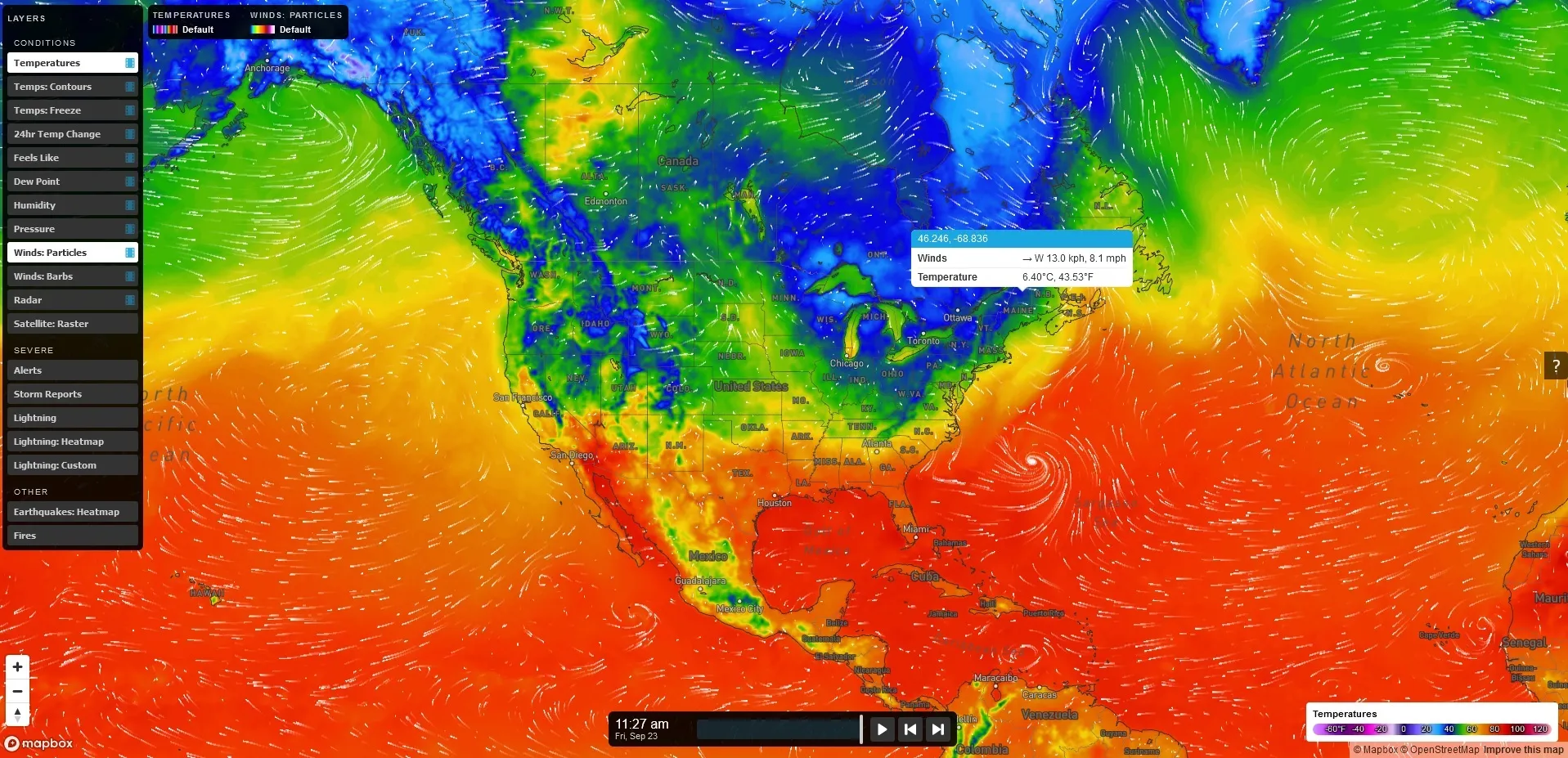Vaisala’s new road weather station, the RWS200, combined with its RoadDSS software suite, enables the company to offer a revolutionary intelligent road weather information system called iRWIS. The system consists of intelligent roadside hardware, sophisticated decision support software and improved measurement reliability.
December 18, 2014
Read time: 1 min

The system consists of intelligent roadside hardware, sophisticated decision support software and improved measurement reliability. The RWS200 utilises state-of-the-art sensors that are accurate and reliable in the most demanding weather conditions, providing everything required to monitor the road network, helping to improve decision-making and reduce costs, while offering greater operational efficiency.










